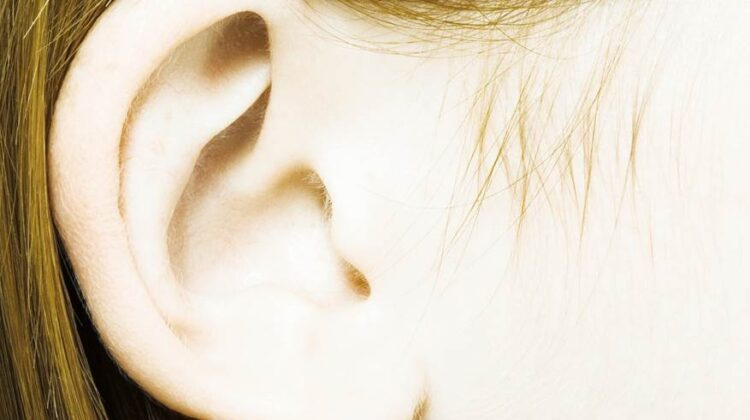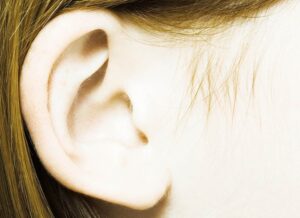
A recent study by neurobiologist Markus Drexl and colleagues at the Ludwig Maximilian University in Munich, Germany, found that the ear may be temporarily more prone to damage after being exposed to low-frequency sounds and Markus Drexl was quoted as saying “Even though we haven’t shown it yet, there’s a definite possibility that if you’re exposed to low-frequency sounds for a longer time, it might have a permanent effect.”
Sciencemag.org recently wrote that with common low frequency sounds such as a wind turbine, a roaring crowd at a football game, a jet engine running at full throttle: Each of these things produces sound waves that are well below the frequencies humans can hear. But just because you can’t hear the low-frequency components of these sounds doesn’t mean they have no effect on your ears. Listening to just 90 seconds of low-frequency sound can change the way your inner ear works for minutes after the noise ends, the new study shows.
“The unfortunate thing about our ears is that we can be doing terrible things to them with sounds that aren’t necessarily painful,” says hearing loss researcher M. Charles Liberman of Harvard Medical School in Boston. To explore the potential harm of specific sounds, such as the hotly debated question of the effect of wind turbines on hearing, Liberman says the same experiment could be repeated with conditions mimicking wind turbine noise. He’d also like to see the study expanded to look at how the ears react to noises—rather than silence—in the minutes after low-frequency sound exposure.
For more about the study click here.
Perhaps we should pay more attention to measuring and controling the low frequency sounds we are exposed to within buildings and industrial sources.


